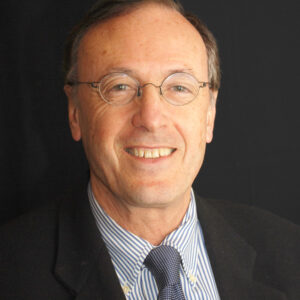From Rare Diseases of the Skeleton to Treatment for All, and Back: Sclerostin and Its Inhibition
Osteoporosis, characterized by bone loss and skeletal fragility, affects hundreds of millions of patients worldwide, resulting in millions of fractures, reduced mobility, and frequent death. For many decades, the only treatments available aimed at reducing the resorption of bone (anti-resorptives: bisphosphonates, denosumab, estrogens). Treatments that increase bone formation (bone anabolics) have emerged later with the intermittent activation of the parathyroid hormone (PTH) receptor (teriparatide, abaloparatide). But the ability to enhance both mechanisms (anti-resorptive and anabolic) remained elusive until the mutations causing several rare human skeletal diseases were identified within the WNT signaling machinery, uncovering the essential role played by this pathway in the homeostasis of the skeleton. One WNT signaling component, sclerostin, is an endogenous canonical WNT signaling inhibitor secreted locally by the cells residing within the bone matrix, the osteocytes. Sclerostin acts locally to regulate both bone formation and bone resorption. Physiologically, sclerostin expression is regulated by mechanical loading, PTH/PTHrP signaling, and sex hormones. Studies of sclerostin-null mice, or inhibition of sclerostin by anti-sclerostin monoclonal antibodies (romosozumab) revealed the molecular and cellular mechanisms by which sclerostin inhibition simultaneously enhances bone formation and decreases resorption, leading to rapid increases in bone mass. Clinical trials have confirmed that, although the anabolic effects are limited in time, sclerostin inhibition increases bone density markedly and rapidly, decreasing fracture risk in patients with severe osteoporosis. Thus, elucidation of the causes of rare diseases led to a treatment for millions of osteoporotic patients. In turn, these findings are now tested in the treatment of other rare diseases with skeletal fragility (Osteogenesis Imperfecta). Recent advances in the treatment of other rare skeletal diseases may also find applications in more common skeletal conditions.
Presented by:
Roland Baron, PhD, DDS

Professor of Medicine, Harvard Medical School, Endocrine Unit, Massachusetts General Hospital, Professor and Head of the Division of Bone and Mineral Research, Department of Oral Medicine, Infection, and Immunity, Harvard School of Dental Medicine
View SlidesNavigate the Site
2025 GoldLab Symposium
Save the date!
Please join on May 15-16, 2025Presenters In The News
Contact Info










